For a while I taught college level courses, which means I put myself through the trial of grading their research papers — and I can say with confidence: things are looking bleak in the world of education.
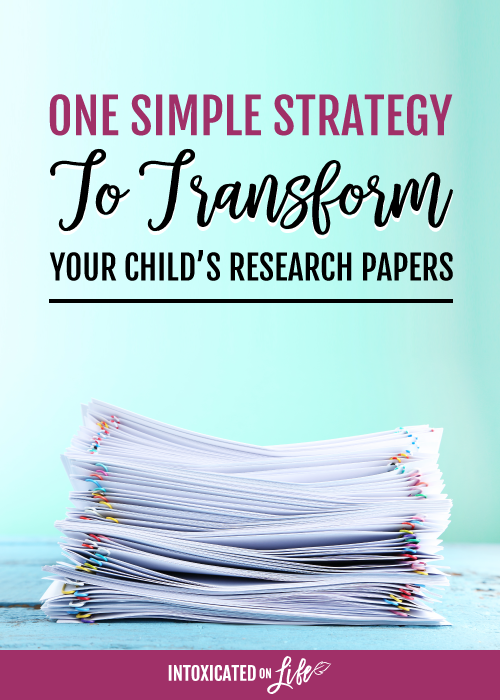
Don’t get me wrong. I loved the subject matter—I taught music appreciation and history. I love preparing the lectures. I loved watching the students get excited about the things they were learning.
But the experience taught me (the hard way) that many people leave high school not knowing the first thing about how to write a decent research paper.
What makes a BAD research paper…
As I read their research papers, I’d find myself thinking over and over again, “Get to the point!” I read through page after page of poorly constructed information.
Some of my students were good writers but many just rambled.
It wasn’t that the papers weren’t well researched. Most were. The problem was most of the essays I graded were more like fact sheets. Facts are fine and all. But as a history teacher, I was far more concerned about my students synthesizing those facts and drawing their own conclusions.
This is key: While still in high school—before students set foot in a college lecture hall or take an online college course—students need to learn and practice the art of writing a decent essay or research paper, and this includes not just having the facts straight, but…
- Organizing those facts around subtopics
- Organizing those subtopics around a central thesis
- Creating well-constructed paragraphs to present all this information
Sadly, few high school students master this—at least if my college teaching days were any indication.
Writing Research Papers: The PEA Method
In high school I was taught to write PEA (point-example-analysis) essays or research papers. I’ve also heard them called PAX essays or PEE essays.
In some ways, it is incredibly formulaic—and some students don’t like to be boxed into a formula. When forced to write with this method, I sometimes felt like it boxed me in, but in the long run, my writing became much better.
Think of this method like a vine trellis. There’s nothing particularly eye-catching about a trellis all by itself. But a trellis is what allows the vine to crawl up from the ground to create a beautiful archway. The PEA method is just the trellis. The art of good, compelling writing is the vine. Once the trellis is in place, beautiful essays can flower.
The PEA Formula
- Point: Every paper/essay must have a main point and every paragraph must have a point that supports the main point.
- Example: Every paragraph must have examples of the supporting point.
- Analysis: Each paragraph must have an analysis that connects the examples back to the supporting point of the paragraph.
Here’s a basic example of a PEA paragraph:
Dogs are great pets to own, but they also require a lot of work. (Point) I love playing with my dog in the yard, but before we do that, I need to brush him and feed him. (Example) In addition I’m also responsible for cleaning his messes in the yard, or in the house if he has an accident. (Example) Even though I don’t always enjoy what goes along with taking care of my dog, playing with him and seeing his tail wag are reward enough. (Analysis)
Point, Example, Analysis—PEA. If it doesn’t fall under one of those categories, then it shouldn’t be included (transitions and introductions excluded). If one of those categories is missing, it needs to be added.
Research Papers Made Easy: The PEA Checklist
If you are just beginning to teach writing, or your student (at any level) is struggling with their essays, the PEA method of writing is a great place to start.
Consider making a simple PEA checklist for your child. First…
✔️Paper has a main point
Next, for each paragraph…
✔️Paragraph has a supporting point
✔️Paragraph has examples showing the supporting point
✔️Paragraph has an analysis showing how the examples connect to the supporting point
This checklist will become really helpful to the high school student who is looking to become more independent in their school work.
And, of course, if your student needs more guidance, there are excellent curricula out there to help students grow in their ability to write good research papers.
I went through most of High School and College using the PEA method exclusively for written assignments. And for the most part (except when some assignments were a teensy bit late), I received A’s on all my written assignments.
The PEA format can be a great tool to focus any writing project. It may feel like an over-simplification to students who are used to being flowery in their writing, but in most cases fluff only weighs down academic writing, rather than making it better.

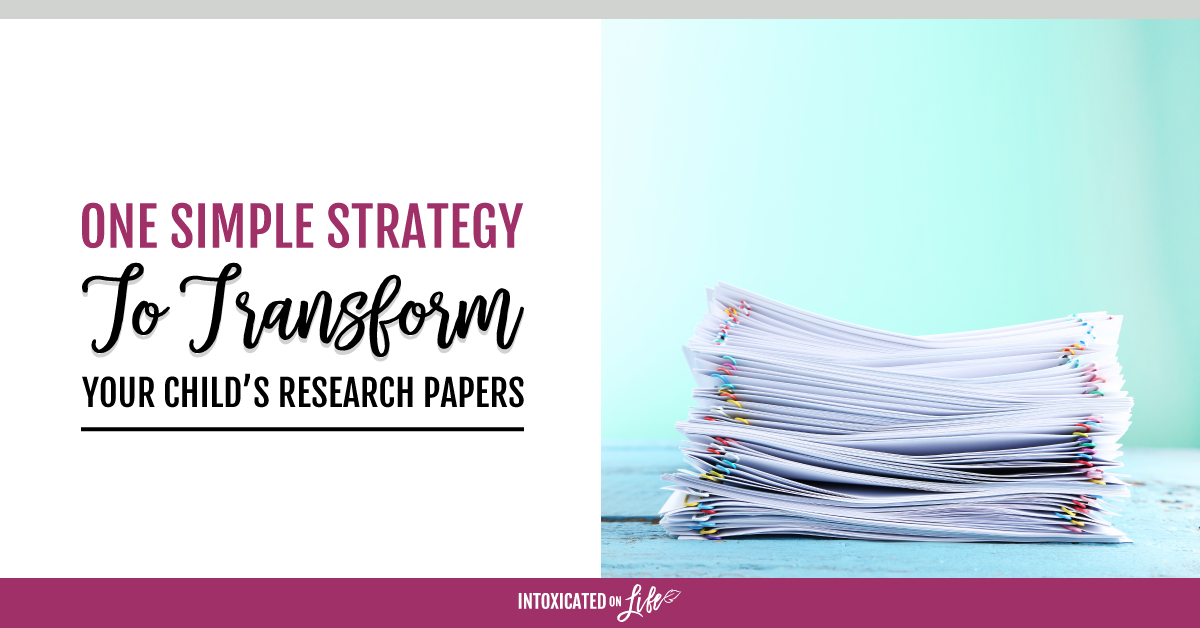
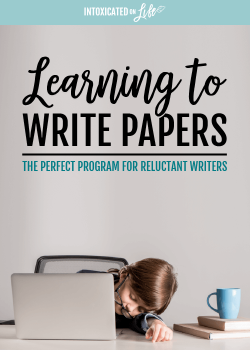



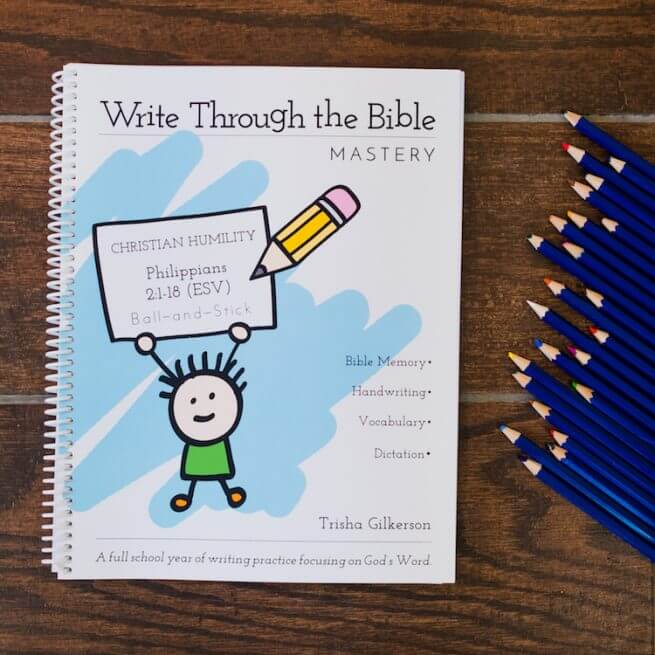
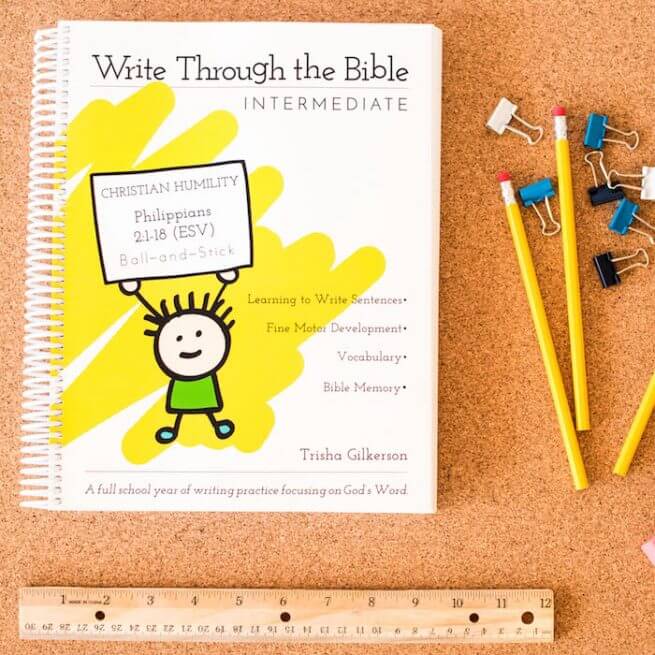
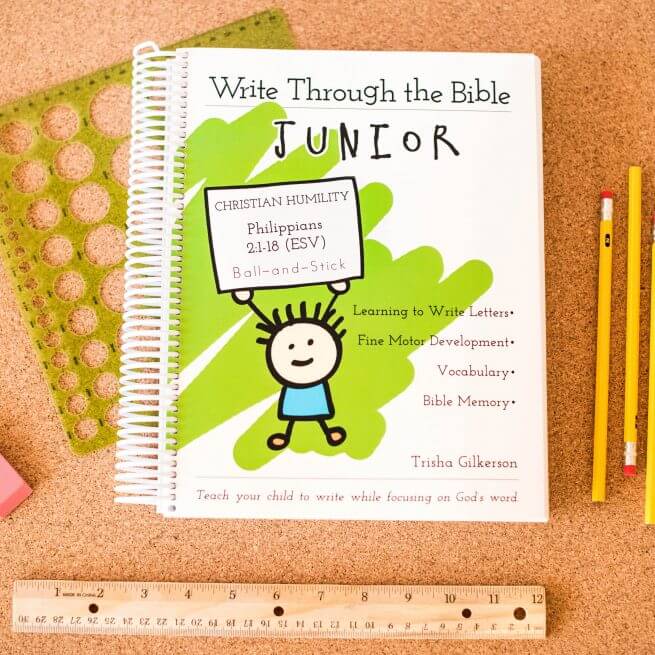
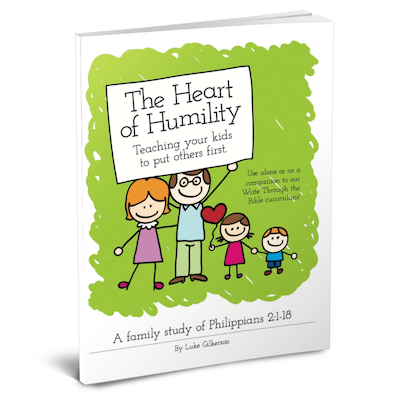

Great tip. Thanks..
The old school way I learned was with an outline.
I Main Idea
A Point One
1 example one
a source one
b source two
2 example two
a source one
b source two
B Point Two
1 example one
a source one
b source two
2 example two
a source one
b source two
II Conclusion (restate Main Idea and briefly summarize the points throughout)
This method makes for an organized and effective paper. In college, I have received A’s on nearly every one. When you do it this way, you can see where you are going, and if in fact your paper makes sense. Sometimes it has caused me to re-think my main idea, because if you cannot provide the evidence, your idea is weak.
This is great!